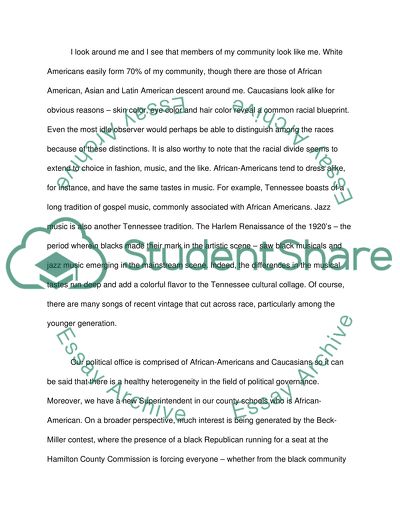Cite this document
(Racial Discrimination in Chattanooga, Tennessee Case Study, n.d.)
Racial Discrimination in Chattanooga, Tennessee Case Study. Retrieved from https://studentshare.org/social-science/1537313-race-and-your-community
Racial Discrimination in Chattanooga, Tennessee Case Study. Retrieved from https://studentshare.org/social-science/1537313-race-and-your-community
(Racial Discrimination in Chattanooga, Tennessee Case Study)
Racial Discrimination in Chattanooga, Tennessee Case Study. https://studentshare.org/social-science/1537313-race-and-your-community.
Racial Discrimination in Chattanooga, Tennessee Case Study. https://studentshare.org/social-science/1537313-race-and-your-community.
“Racial Discrimination in Chattanooga, Tennessee Case Study”. https://studentshare.org/social-science/1537313-race-and-your-community.


